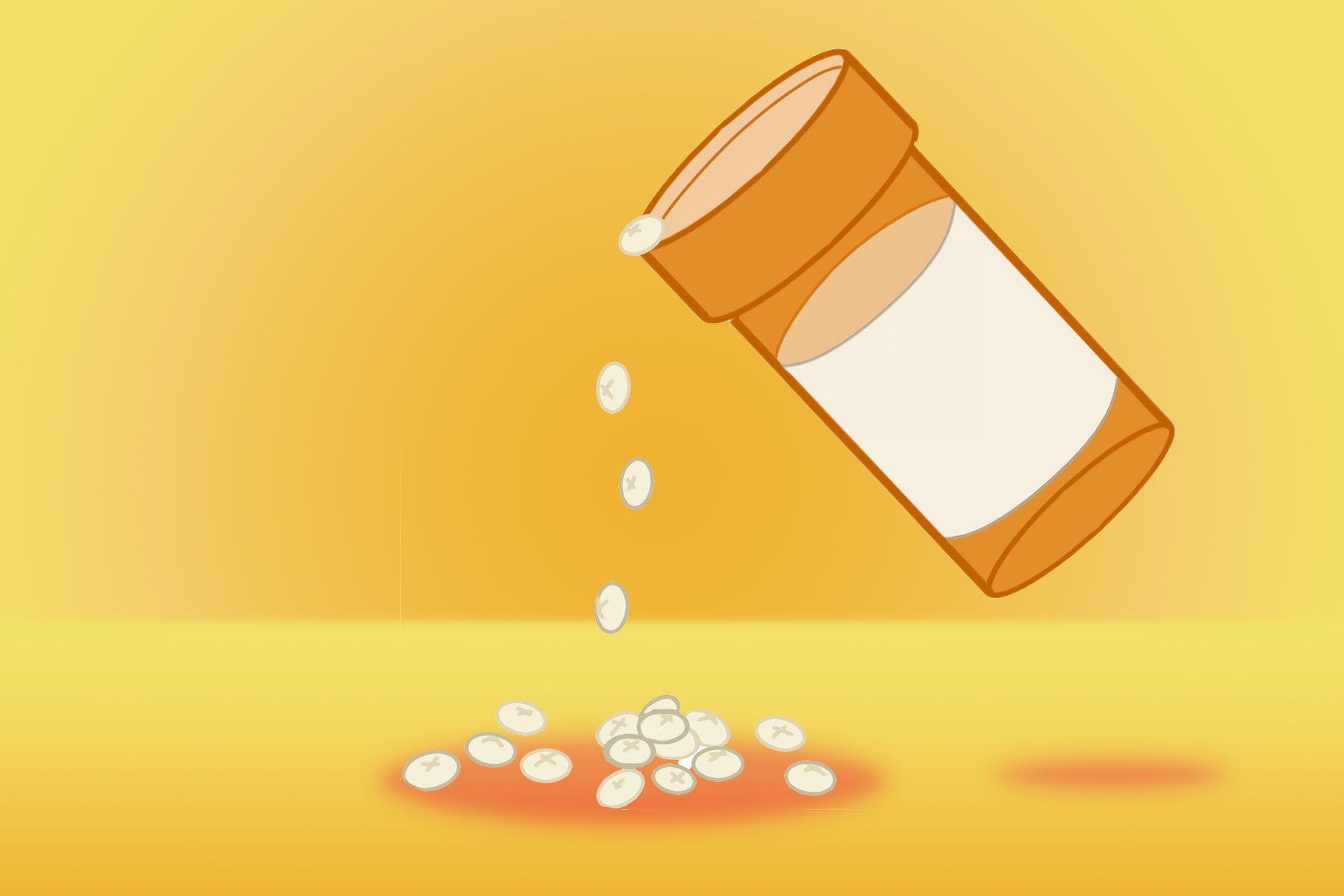A definition is more than a denotation of a word’s meaning and significance. The way a word is defined not only alters how people use the word, but also influences their perceptions and judgements regarding both the word itself and that which it describes. The medical community experiences especially strenuous difficulties in defining terminology, as each description must accurately capture the complex nuances of a person’s psychological or physiological state so that the best diagnosis, care and treatment can be provided.
As America’s largest professional society of physicians devoted to treating and preventing addiction, The American Society of Addiction Medicine (ASAM) knows the importance of defining and redefining terms to reflect new research findings and evolving public sentiment. In 2007, ASAM endorsed the establishment of a Descriptive and Diagnostic Terminology Action Group (DDTAG) to conduct extensive research into definitions related to addiction, treatment and recovery. The most recent update to the definition of addiction expands upon the 2011 definition that was the product of 80 DDTAG experts, in collaboration with the National Institute of Drug Abuse, conducting a 4-year study on the effects of addiction on the brain.
The ASAM updated definition of addiction, as of 2019, reads: “Addiction is a treatable, chronic medical disease involving complex interactions among brain circuits, genetics, the environment, and an individual’s life experiences. People with addiction use substances or engage in behaviors that become compulsive and often continue despite harmful consequences. Prevention efforts and treatment approaches for addiction are generally as successful as those for other chronic diseases.”
The 2011 definition notably highlights addiction as a chronic brain disorder rather than a behavioral failing. In recognizing addiction as a chronic disease, ASAM took their first official stance that addiction is related to, but not caused by, substance use and abuse.
“At its core, addiction isn’t just a social problem or a moral problem or a criminal problem. It’s a brain problem whose behaviors manifest in all these other areas,” Dr. Michael Miller, former president of ASAM who oversaw the development of the 2011 definition, told Science Daily. “The disease is about brains, not drugs. It’s about underlying neurology, not outward actions.”
Addiction distorts neurotransmitter and brain circuitry, causing the brain to treat unhealthy behaviors as rewards that replace healthy behaviors. Because parts of the brain that control impulse and judgement are weakened, addicts find themselves in “a dysfunctional pursuit of rewards such as alcohol and other drugs.” By focusing on brain circuitry, chemical makeup and the chronic nature of addiction, ASAM discourages the blaming of addicts and instead offers those individuals and their families better opportunities for proper treatment. But the history of addiction in both the medical community and general public is marred with mistakes that prevented the treatment and recovery of addicts for decades.
Alcohol and drug dependency were not considered an illness in 1956, and even then, public sentiment caricatured alcoholics as “town drunks” and addicts as “lowlife criminals” who, in both instances, were often thought to be men lacking willpower and social decency. The year 1987 saw addiction officially classified as a disease and, in 2011, ASAM released their definition that reflects the growing destigmatizing of addiction.
One misconception that long dominated dialogue is that addiction is a choice. This stems from the age-old idea that addiction can be overcome in the same way one withstands ice cream or an extra slice of cake — through sheer willpower. But in recognizing the chronic nature of addiction, the ASAM provides a solid foundation for dispelling this myth. Just as heart disease and cancer patients cannot simply use willpower to cure themselves, addicts cannot through mere behavioral changes cure themselves, because the true issues lie at a neurological level.
“The disease creates distortions in thinking, feelings and perceptions, which drive people to behave in ways that are not understandable to others around them,” Dr. Raju Hajela, former president of the Canadian Society of Addiction Medicine and chair of the ASAM committee on the 2011 definition, told Science Daily. “Simply put, addiction is not a choice. Addictive behaviors are a manifestation of the disease, not a cause.”
Hajela also noted that although addiction is not a choice, addicts do have a choice to get help. But, as with other chronic illnesses, there is no pill or quick fix cure, so the decision must be a constant and consistent choice to recover from unhealthy behaviors. Just as the heart disease patient must every day decide to eat healthier and get more exercise, the addiction patient must every day choose to take steps toward recovery.
The updated 2019 definition keeps the language of addiction as a chronic disease, but further recognizes that the disease does not develop in a vacuum. Acknowledging the complex interplay of biological, psychological and environmental conditions (such as genetics, childhood experiences and lack of social supports) allows for more comprehensive treatment options and clarifies the difference between addiction and “substance use disorder” (SUD).
“SUD involves people excessively using substances and experiencing at most one or two related problems,” according to an ASAM article published on Medium. “Often, people in this situation reduce their use in response to changing environments, life circumstances, or upon recognition of their condition.”
SUD, then, is based on the presence of certain symptoms, rather than underlying disturbances in brain function, and is classified as mild, moderate or severe. Those diagnosed with SUD can, with the proper treatment, be cured. Addicts can similarly achieve stability and healing through various recovery options, but their substance abuse and compulsive behaviors are symptoms rather than causes. Meaning, unlike SUD, even if symptoms are not apparent and the recovery journey is sturdy, addicts always face a risk of relapse due to chronic brain disturbances.
To mitigate that risk, ASAM continues updating the definition of addiction to reflect new research and changing public opinion, which is essential when offering diagnosis and treatment options for addiction patients. As ASAM members Dr. Paul Earley and Dr. Yngvild Olsen so aptly wrote:
“Make no mistake; the solutions are not simple. However, an updated definition of addiction that better captures the nuance and complexity of the disease may lead us to bolder policy interventions that save and improve more lives. Ultimately, public perception and public policy must reflect this nuanced understanding if our nation is to recover.”
















